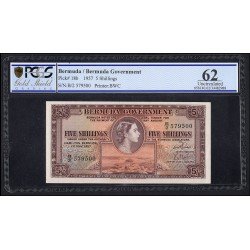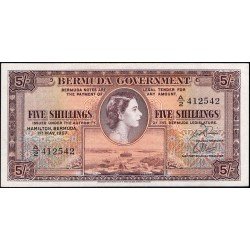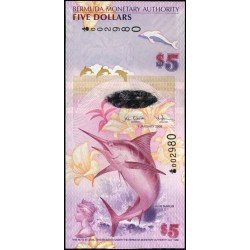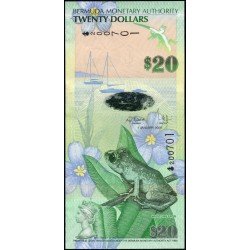Cart 0 Product Products (empty)
No products
To be determined Shipping
0,00 € Total
Product successfully added to your shopping cart
Quantity
Total
There are 0 items in your cart. There is 1 item in your cart.
Total products
Total shipping To be determined
Total
Bermuda The Bermudian dollar (BMD; also abbreviated BD$; informally called the Bermuda dollar) is the official currency of the British Overseas Territory of Bermuda. The Bermudian dollar is not normally traded outside Bermuda, and is pegged to the United States dollar at a one-to-one ratio. Both currencies circulate in Bermuda on an equal basis.
British Overseas Territory in the North Atlantic Ocean. It is approximately 1,070 km (665 mi) east-southeast of Cape Hatteras (North Carolina); 1,236 km (768 mi) south of Cape Sable Island (Nova Scotia); and 1,578 km (981 mi) north of San Juan, (Puerto Rico). Capital: Hamilton.
The Bermudian dollar (BMD; also abbreviated BD$; informally called the Bermuda dollar) is the official currency of the British Overseas Territory of Bermuda. The Bermudian dollar is not normally traded outside Bermuda, and is pegged to the United States dollar at a one-to-one ratio. Both currencies circulate in Bermuda on an equal basis.
In 1970, the government introduced dollar notes in denominations of 1, 5, 10, 20 and 50 dollars replacing the Bermudian pound. From 1974, the Bermuda Monetary Authority took over paper money production, introducing 100-dollar notes in 1982 and 2 dollars in 1998, when the 1 dollar was replaced by a coin.
On 9 March 2009 the Bermuda Monetary Authority issued a new series of banknotes - the first major re-design of Bermudian banknotes for 40 years since the launch of the dollar. The new designs (in vertical-style) featuring themes and scenes of maritime Bermuda are described as "distinctly Bermudian", with Queen Elizabeth II being relegated to a minor position, using a mirror of the Machin Head design which appears on the postage stamps of the Royal Mail. The serial number prefix on the first notes is a Bermuda onion; subsequent notes bear a conventional prefix.
The International Bank Note Society (IBNS) has chosen the Bermuda $2 note, as the Banknote of year (2009).
The $50 banknote was modified in August 2012 to depict the correct species of longtail native to Bermuda.
(Originally, it erroneously depicted the red-billed tropicbird and was changed to the indigenous white-tailed tropicbird.)
TheWorldBanknoteShop offers on this page banknote collectors a fine selection of banknotes from Bermuda.
Bermuda There are 8 products.
Showing 1 - 8 of 8 items
Showing 1 - 8 of 8 items













